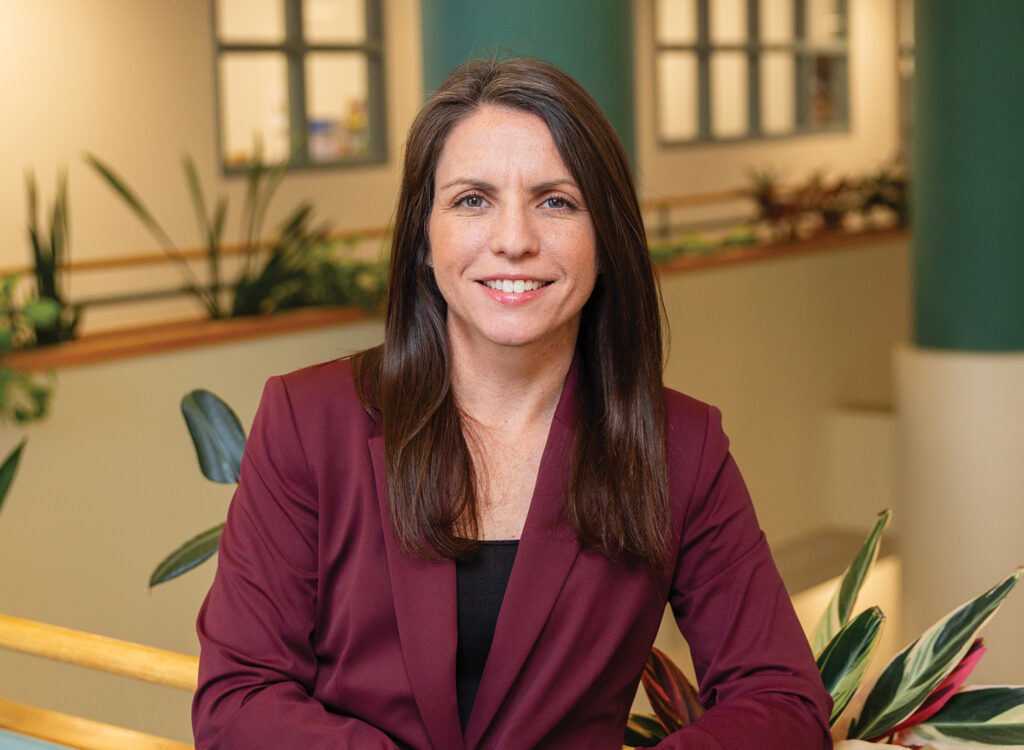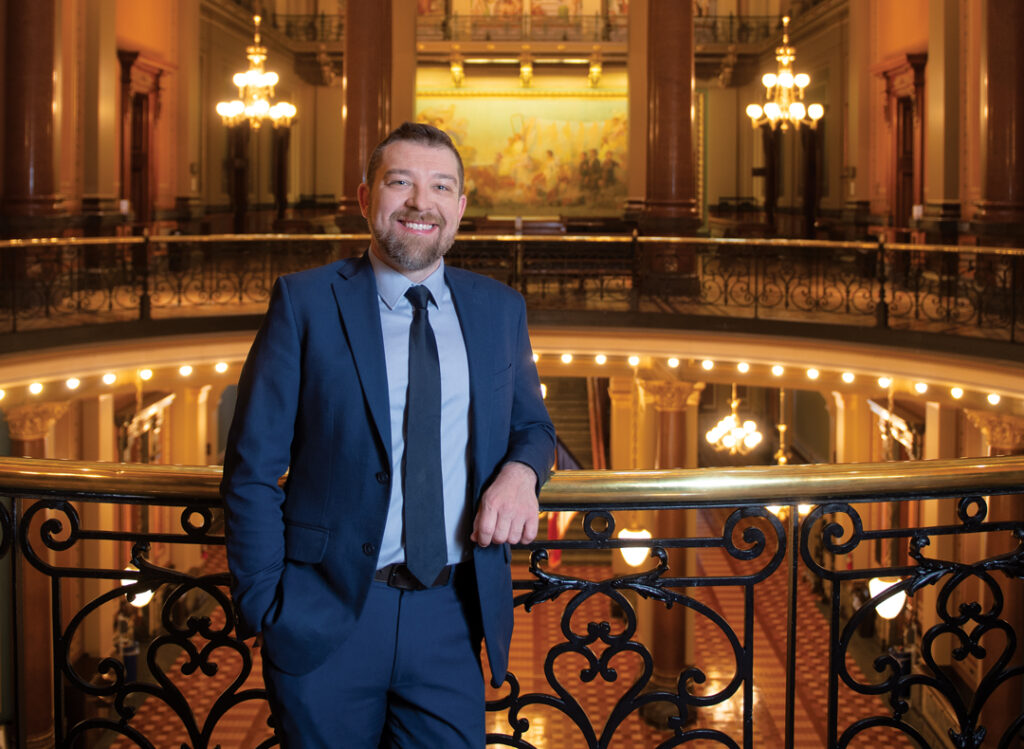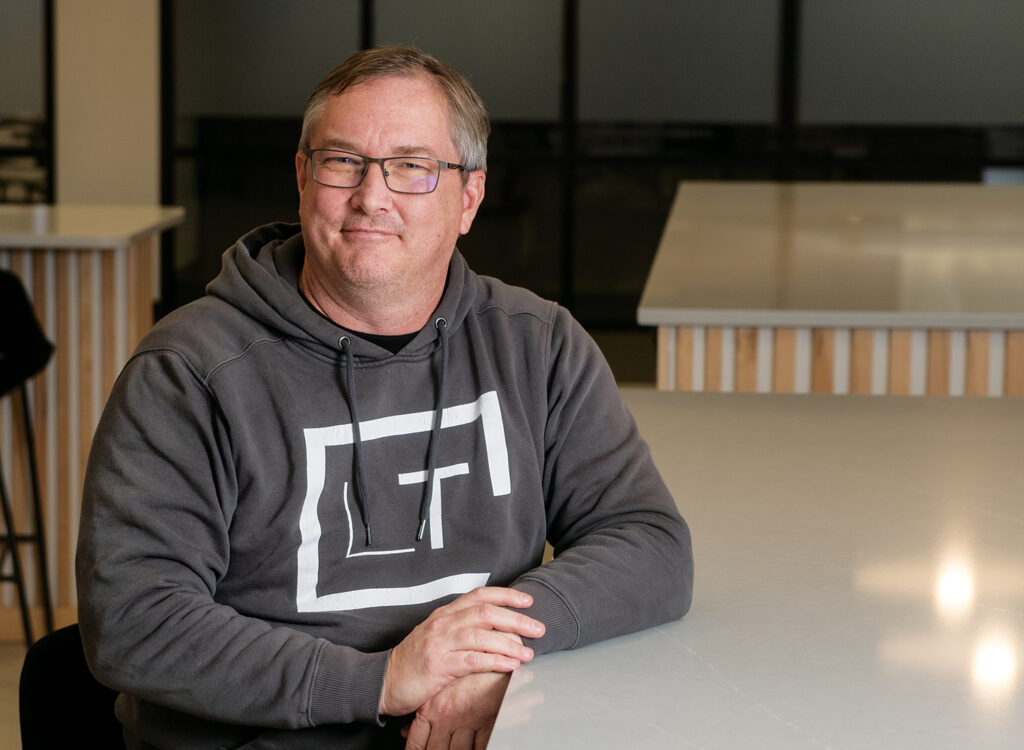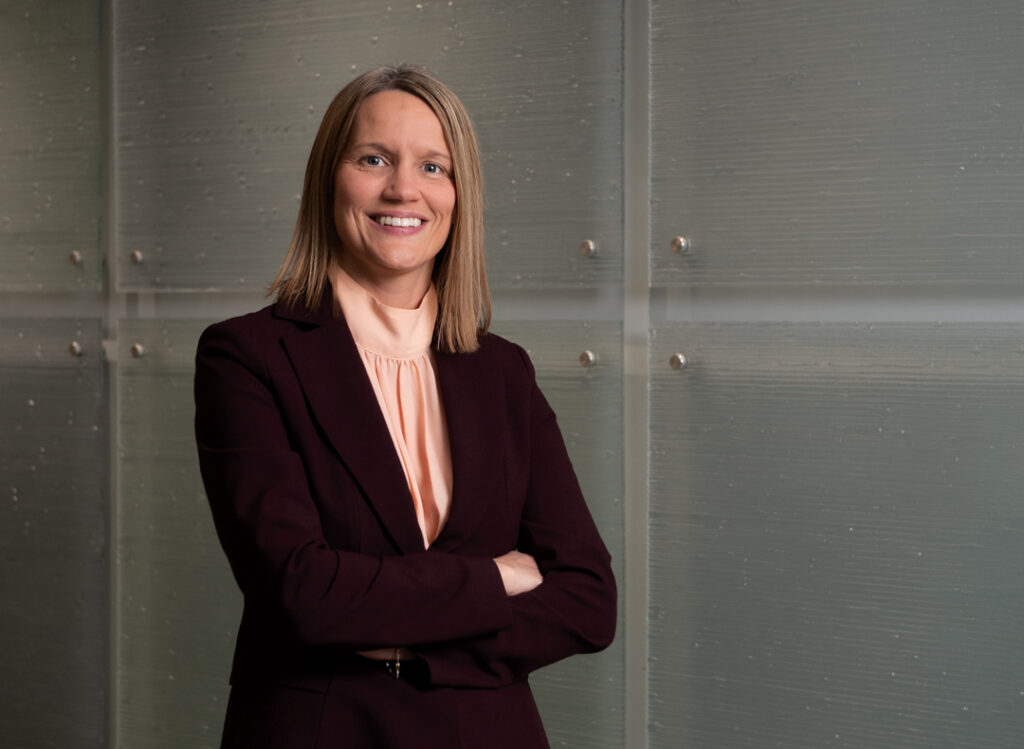Some pockets of digital insight from the first Denim Summit

JOE GARDYASZ Nov 7, 2017 | 6:39 pm
2 min read time
535 wordsBusiness Record Insider, The Insider NotebookAs I continue my journey through Thomas Friedman’s absorbing new book, “Thank You for Being Late,” I felt recently like I had slid down the rabbit hole straight into the accelerating world that Friedman describes when I attended the Denim Summit. The first-time event brought together about 100 insurance professionals in Des Moines.
Organized by Denim CEO Gregory Bailey, the summit — held in the cool new 320 River Center — aimed to provide a collaborative forum for exploring and shaping the emerging frontier of insurance technology, or insurtech. Bailey, whose company just turned 2 years old in October, provided an insightful overview of how the digital transformation represents equally potent threats and opportunities for the insurance industry.
“The rapid adoption of social media and technology have fundamentally altered consumer expectations, and that has created a gap between those expectations and what insurers are offering,” said Bailey, who spent the initial 20 years of his career with major insurers before starting Denim. He highlighted four areas — data, artificial intelligence, multichannel consumer experiences and human-centered design — as key factors that will shape insurtech.
Similar to Friedman’s optimistic outlook about artificial intelligence as a beneficial force, Bailey believes that AI won’t displace insurance agents and brokers. For instance, although the so-called chatbots that guide customers seeking basic information have become mainstream, at some point callers will probably opt to connect with a person, Bailey said.
Chip Bacciocco, CEO of another fast-growing young insurtech firm, Alexandria, Va.-based Trusted Choice, joined Bailey as a guest for a fireside chat along with Farron Blanc, who leads the Innovation Studio for RGAX, the St. Louis innovation accelerator of Reinsurance Group of America.
Bacciocco believes a one-third rule applies to adoption of digital technology by insurers. “One-third are leaning forward, one-third are leaning back, and one-third are a little behind and hoping it becomes apparent what they should do,” he said. “We’re in an inherently risk-averse industry.”
Trusted Choice records 10,000 incoming customer calls per month, and measures every conceivable behavior pattern and demographic from 6 million web contacts annually, Bacciocco noted. “It is a learning experience like no other,” he said. Among the measurements: finding the patterns of client conversations that lead to success, versus an abrupt hang-up.
What’s the next big thing in insurtech? Blanc believes it won’t be long before life insurance underwriters are using facial recognition software to assess risks quickly and inexpensively.
Digital innovations have demolished traditional market boundaries, said Denise Garth, senior vice president of insurance software company Majesco.
“Our view is that there are no market boundaries anymore — the silos have come down,” she said. “Boundaries no longer matter because (data is) all integrated across industries — the market is breaking down the boundaries.”
Iowa Insurance Commissioner Doug Ommen told attendees that “crisis, consumers and connectedness” are three primary factors that drive innovation in insurance. Regarding connectedness, “the more data that’s being accumulated, the more important it is that we as regulators know what’s being gathered,” Ommen said. “So to the degree that society wants guardrails put up, we can understand what’s happening so we can explain it to the public. What we don’t want is to come in after the fact.”







